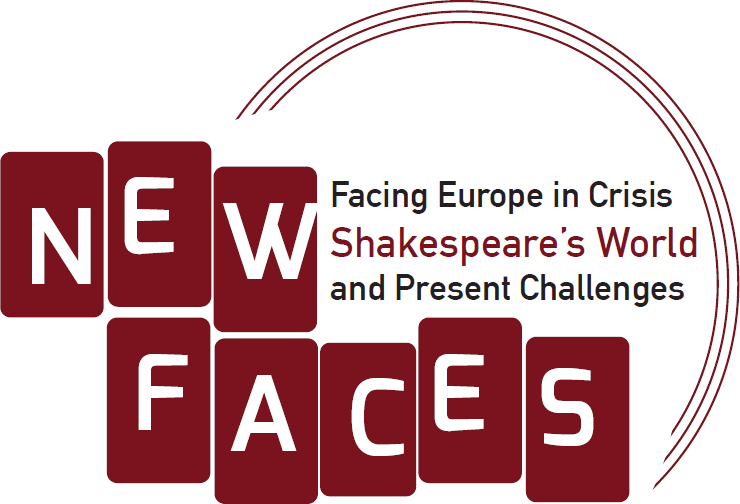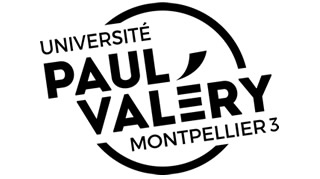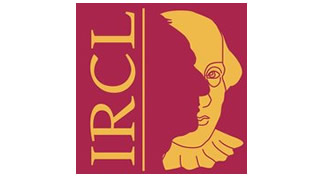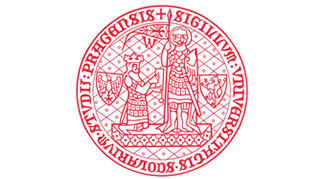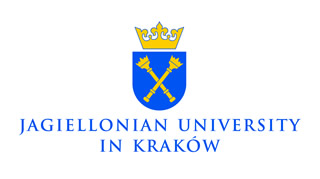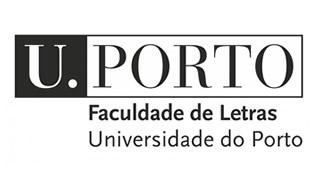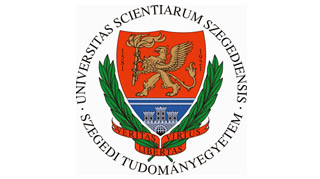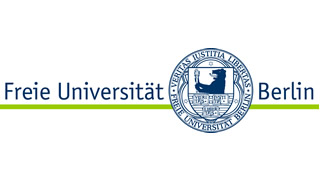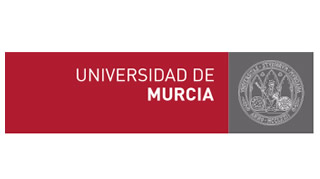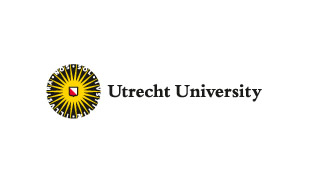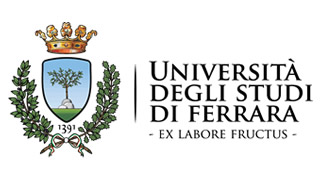Thomas More’s Libellus vere aureus (1516), Tommaso Campanella’s The City of the Sun - La Città del Sole (1623) and Francis Bacon’s New Atlantis (1624) are ού/εύ-τόποι. They envision ideal commonwealths that exist within the discursive space traced by European travellers and insular hosts.
An autarchic republic envisioned by a statesman admiring Plato and an evangelical society based on early Christian communities coexist in Thomas More’s Utopia. After deconstructing England, he imagines an island where wellbeing is ensured by egalitarian policies and towns are designed according to symmetrical urban planning.
Tommaso Campanella’s La città del Sole merges classical and mediaeval thought, magic and occultism, Neo-Platonism and Scholasticism in order to concoct a republic based on communist principles and governed by wise and learned people.
Francis Bacon’s New Atlantis is the archetype of scientific utopia, but also one of the few utopian projects to be realized: a few decades after its publication the Royal Society adopted its organisational model of scientific work.
By theorizing the most efficient forms of government and the role of religion and science in society, by addressing colonialism, fuelled by discoveries of new worlds, More, Campanella and Bacon shaped early modern thought in Europe and introduced philosophical and political concepts that have invited constant reconfigurations throughout the centuries.
